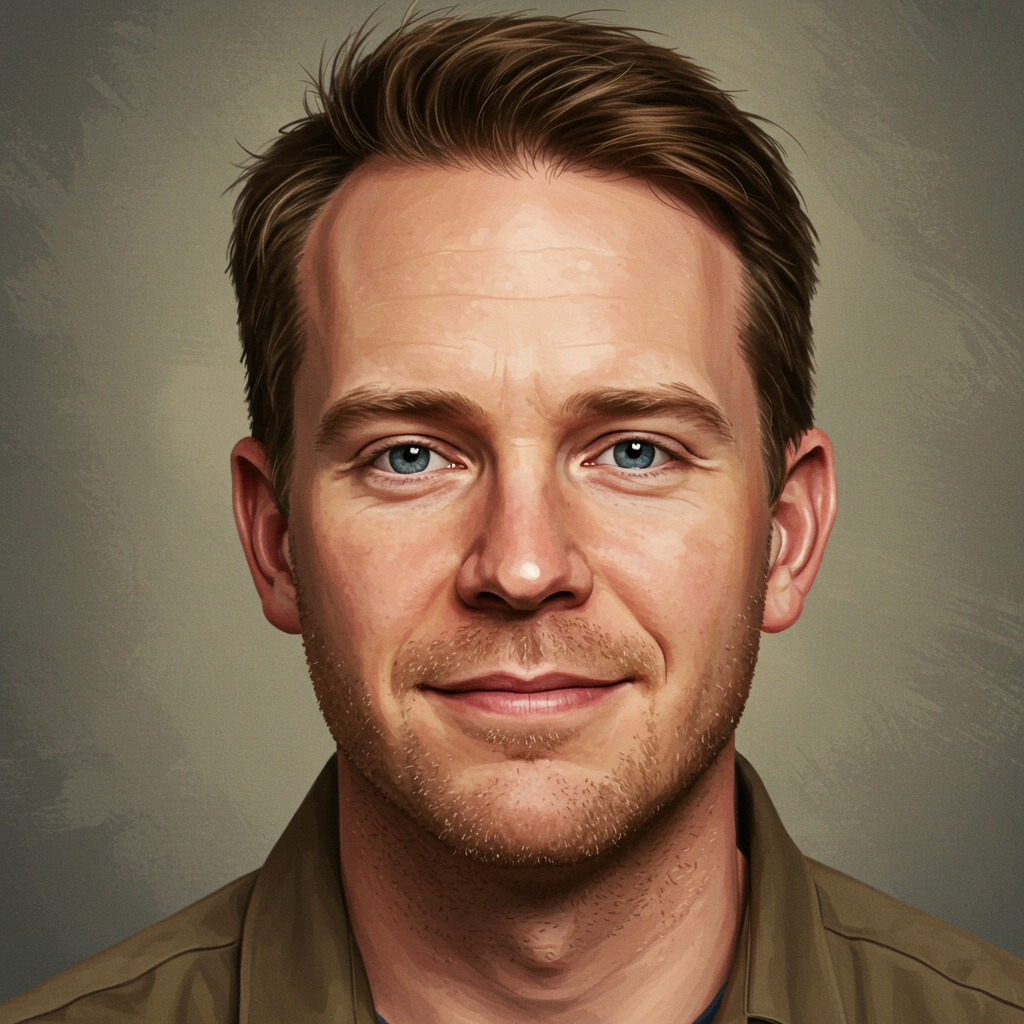Legendary producer Jerry Bruckheimer, a name synonymous with blockbuster franchises and high-octane action, is gearing up for his latest cinematic vehicle: the highly anticipated Formula One film starring Brad Pitt. Titled F1, the movie, directed by Top Gun: Maverick‘s Joseph Kosinski, dives deep into the thrilling world of professional racing, but not without tackling some unique challenges – including making a 60-year-old actor a believable contender.
In a recent discussion, Bruckheimer, known for his half-century career built on problem-solving, pulled back the curtain on the making of F1.
Addressing the Age Challenge
One of the most significant hurdles, acknowledged by star Brad Pitt himself, was the age of his character. How do you credibly portray a driver competing at the pinnacle of modern F1 racing at 60? Compared to current champions like Lewis Hamilton, who won his last title at 36, or even the oldest-ever champion Luigi Fagioli (51 in 1951), Pitt’s character needed a compelling narrative reason to be on the track.
Bruckheimer explained that the solution lies in the film’s emotional core. F1 is envisioned as a “Rocky”-like story of redemption and second chances. The plot centers on an older driver returning to help a struggling, last-place team facing collapse unless they score points. This focus on teamwork, overcoming adversity, and finding a new purpose aims to resonate with a wide audience, extending the film’s appeal beyond just racing enthusiasts.
Confidence on the Starting Grid
Despite the mixed box office performance of some previous racing films like Rush or Ferrari, Bruckheimer is confident F1 will capture a global audience necessary to justify its event-picture scale. He credits this confidence to key elements: the star power of Brad Pitt, the proven creative team from Top Gun: Maverick (Kosinski and writer Ehren Kruger), and the universal appeal of a redemption story. Unlike films based on real, sometimes tragic figures, F1 is an original, fictional tale, much like the highly successful Fast & Furious series or Talladega Nights, allowing for greater narrative flexibility and a focus on character drama.
Securing Formula One’s Green Light
Gaining the cooperation of the secretive and highly technical world of Formula One was paramount for authenticity. The project’s genesis began when director Joseph Kosinski watched the F1 documentary series Drive to Survive, particularly focusing on the struggles of backmarker teams. This inspired the film’s premise.
Bringing in seven-time champion Lewis Hamilton early as a producer proved to be the linchpin. Hamilton’s involvement was crucial not just for ensuring the film “got it right” but also for unlocking doors. Bruckheimer, Pitt, and Kosinski met directly with F1 head Stefano Domenicali and later with all the team principals and drivers. Kosinski presented his innovative filmmaking techniques from Top Gun: Maverick, showing how seamlessly the cameras could capture high-speed action by “skinning” their fictional car over real F1 footage, much like he did with F-18s for the fighter jet sequences. This demonstration, combined with Hamilton’s backing, convinced F1 leadership of the production’s seriousness and commitment to accuracy, ultimately leading to unprecedented access. Mercedes even assisted in designing and building the purpose-built F1 car used in the film.
Filming at Full Throttle: Practical Effects & Intense Training
A non-negotiable aspect for Brad Pitt was avoiding extensive bluescreen. He insisted on the actors being able to drive. This commitment led to a demanding four-month physical training program for Pitt and co-star Damson Idris. The actors trained rigorously to withstand the intense physical forces (up to 5 Gs in corners) experienced by drivers, building necessary neck, upper body, and leg strength. Their driving progression began with road cars, moving up through F4 and F3 cars before finally handling the custom-built F1 vehicle.
Filming took place at nine actual F1 race weekends (plus Daytona), utilizing short windows between practice and qualifying sessions. This meant placing their car on track in front of massive live crowds (sometimes 140,000 people) and millions watching globally. While stressful for the actors, who risked public spinouts, this access allowed for capturing authentic high-speed footage. Enhanced iPhone cameras were even mounted on real F1 cars during races, with some of that footage making it into the final film, showing genuine F1 drivers hitting speeds of 220 mph (Brad Pitt drove up to 180 mph). Despite the inherent risks, major accidents were minimal, with only a stunt driver suffering a broken finger.
A Producer’s Race: Problem-Solving and Persistence
Bruckheimer reflected on his own extensive career, highlighting the constant need to solve problems and sell ideas – to actors, directors, writers, and studios. He spoke about his successful partnership with the late Don Simpson, noting that while Simpson was a brilliant salesman and storyteller, he himself focused on keeping the production running. Overcoming doubts after Simpson’s death, Bruckheimer proved his creative leadership with hits like The Rock and Pirates of the Caribbean, demonstrating that persistence and hard work are key. He emphasized that developing good material is incredibly difficult and often underestimated, requiring years of dedication, as seen in the four-year journey to bring F1 to the screen, involving intense script sessions with the writer, director, Brad Pitt, and Lewis Hamilton.
The Theatrical Bet
In an era questioned by streaming, Bruckheimer remains a staunch advocate for the theatrical experience, describing the magic of getting lost in a dark theater. Apple Studios, which funded F1, fully aligned with this vision, opting for a massive global theatrical launch through Warner Bros before eventually heading to Apple TV+. This hybrid strategy, mirroring the success of Top Gun: Maverick, is seen as a potential model. Bruckheimer noted Apple’s commitment, even enhancing iPhone camera technology to capture usable footage on track cars. The positive results from test screenings, showing remarkably high “definitely recommend” scores across a broad age range, further bolster confidence in the film’s theatrical potential and its ability to draw in audiences unfamiliar with F1 by focusing on the compelling human story of redemption within the spectacle of speed.
Ultimately, the possibility of Brad Pitt returning for a sequel depends, as always, on the audience’s reception and their desire to see more of this high-speed drama unfold.
References
- deadline.com
- <a href="https://www.imdb.com/fr-ca/news/ni65352042/?ref=nmnwr_1″>www.imdb.com
- deadline.com
- www.goldderby.com
- deadline.com



